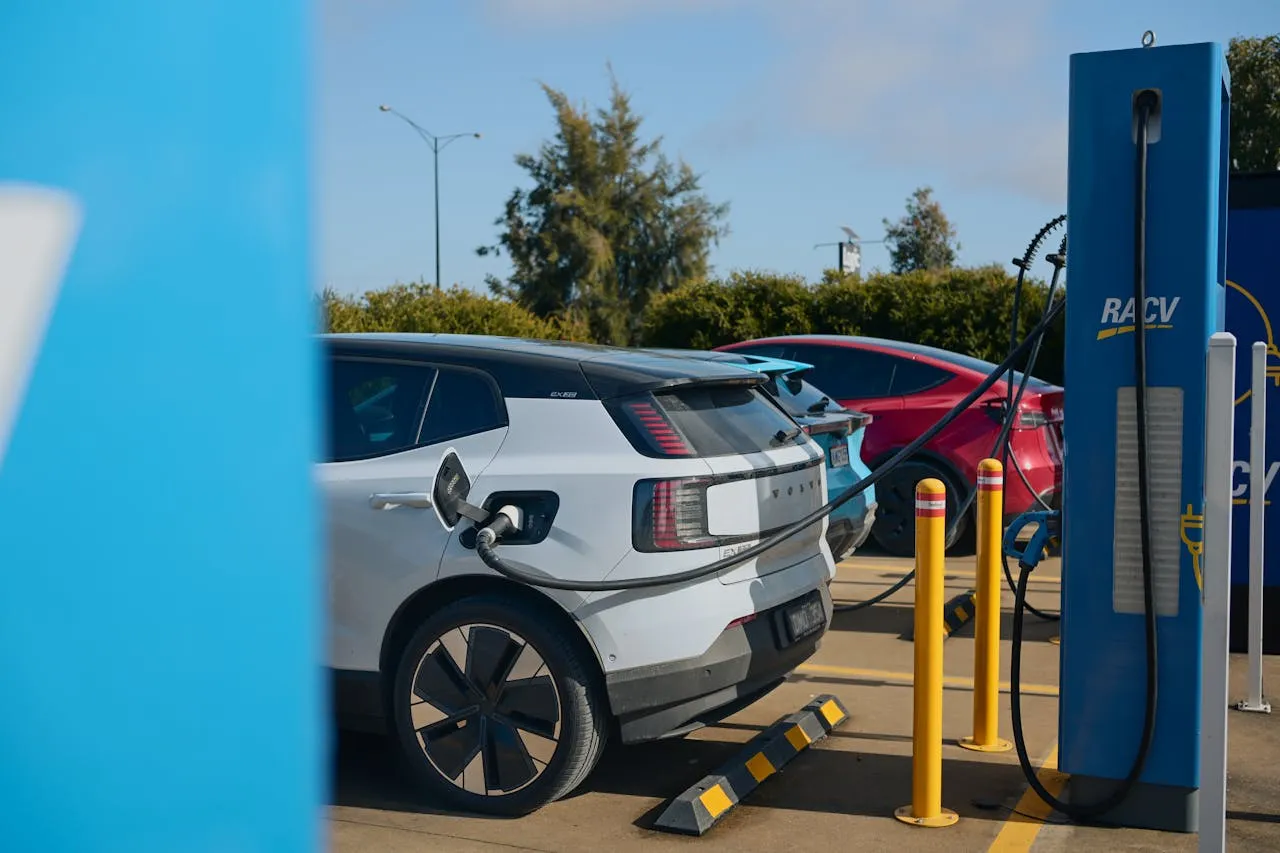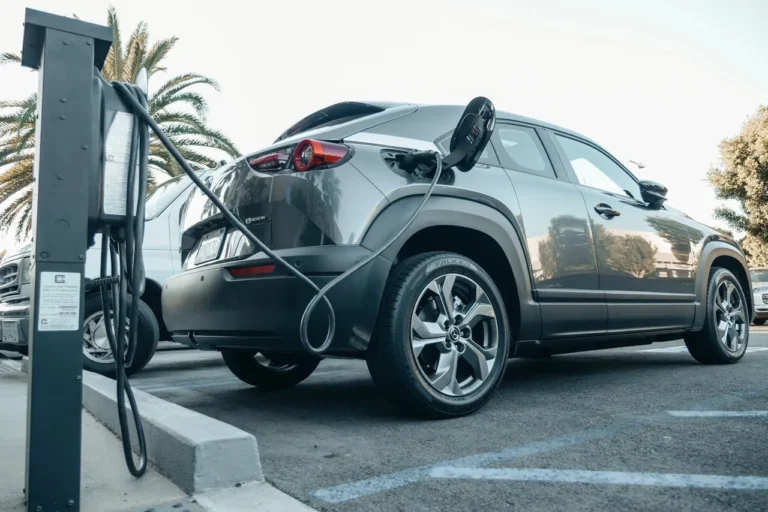
Global Electric Vehicle and Charging Infrastructure Market to Reach $1 Trillion by 2029, Driven by Expanding Opportunities and Growing Demand
The electric vehicle (EV) and charging infrastructure market is undergoing a profound transformation, supported by rapid technological advancements, rising environmental awareness, government incentives, and growing consumer acceptance. According to the newly released report titled “Electric Vehicle and Charging Infrastructure Market: Investment Opportunities and Future Outlook Databook – Q2 2025 Update” by ResearchAndMarkets.com, the global EV and charging infrastructure market is poised for substantial expansion over the next five years.
Strong Market Momentum from 2020–2024 Sets the Stage for Continued Growth
Between 2020 and 2024, the market grew at a compound annual growth rate (CAGR) of 18.2%, reflecting increasing adoption of electric mobility solutions and investments in EV charging infrastructure. In 2025 alone, the market is expected to grow by 14.6%, reaching a total value of USD 650.32 billion.
Looking ahead, the momentum is expected to continue, albeit at a slightly moderated pace. From 2025 to 2029, the EV and charging infrastructure market is forecast to grow at a CAGR of 11.5%, pushing the global market value from USD 567.65 billion in 2024 to approximately USD 1.00 trillion by the end of 2029.
Comprehensive Data-Centric Analysis Backed by 50+ KPIs
The report offers an in-depth, data-rich overview of the EV ecosystem across global markets. It includes more than 50 key performance indicators (KPIs) analyzed at the country level, enabling a granular understanding of market dynamics, growth patterns, and investment opportunities.
The report breaks down the market by a variety of dimensions:
- Vehicle segments (passenger cars, commercial vehicles)
- Drive types (front-wheel, rear-wheel, all-wheel)
- Price classes (low, mid, luxury)
- Propulsion systems (BEVs, PHEVs, HEVs, FCEVs)
- Charging infrastructure (location, speed, connectivity, AC/DC)
- Geography and city tiers (Tier 1, 2, and 3 cities)
This segmentation provides actionable insights for automakers, infrastructure developers, policymakers, and investors targeting specific niches within the EV value chain.
Key Insights from the EV Market Breakdown
EV Market Size by Value and Volume
The report provides forecasts for EV market size both in terms of value (USD) and volume (units sold). This enables businesses to evaluate the market’s potential and scale their strategies accordingly.
EV Market by Drive and Vehicle Segment
EVs are segmented by drive type:
- Front-Wheel Drive (FWD)
- Rear-Wheel Drive (RWD)
- All-Wheel Drive (AWD)
Market analysis also includes the breakdown between passenger and commercial vehicles. Passenger cars are further classified into:
- Small cars
- Medium cars
- Crossovers
- Large cars
- SUVs
Commercial vehicles are segmented into:
- Light Duty (Class 1–3)
- Medium Duty (Class 4–6)
- Heavy Duty (Class 7–8)
EV Market by Powertrain and Propulsion
The report details the value distribution across hybrid types:
- Parallel Hybrid
- Series Hybrid
- Combined Hybrid
And by propulsion systems:
- Battery Electric Vehicles (BEVs)
- Plug-In Hybrid Electric Vehicles (PHEVs)
- Hybrid Electric Vehicles (HEVs)
- Fuel Cell Electric Vehicles (FCEVs)
EV Market by Range and Charging Type
EVs are also categorized by their driving range:
- Up to 150 miles
- 151–300 miles
- Above 300 miles
And by charging capabilities:
- Normal charging
- Super charging
Smart Cities and Vehicle Connectivity Trends
As the EV landscape evolves, smart connectivity between vehicles and infrastructure is gaining importance. The report evaluates value distribution across various types of vehicle connectivity:
- Vehicle-to-Building (V2B) or Home (V2H)
- Vehicle-to-Grid (V2G)
- Vehicle-to-Vehicle (V2V)
- Vehicle-to-Everything (V2X)
Urban EV adoption is also profiled by city tiers, highlighting differing penetration rates and investment priorities in Tier 1, Tier 2, and Tier 3 cities globally.
In-Depth EV Charging Infrastructure Analysis
The report provides a highly detailed overview of the global EV charging infrastructure, which is essential for scaling EV adoption. It offers insights into:
Charging Infrastructure Market Value and Volume
- Overall market size in value terms
- Total number of charging stations
- Number of charging points globally and regionally
Charging Infrastructure by Type and Speed
- Charging type: Alternating Current (AC) vs. Direct Current (DC)
- Installation: Fixed vs. Portable
- Charging speed: Slow, Fast, Rapid, Ultrarapid
- Connector standards: CSS, CHAdeMO, GB/T, Others
By Vehicle Segment
- Passenger cars
- Light commercial vehicles
- Buses
- Trucks
AC Charging Types
- Level 1 (standard outlet)
- Level 2 (faster residential or public)
By Location
- Residential and destination-based
- Public streets
- Workplaces
- Fleet depots
Smart vs. Non-Connected Chargers
A growing share of infrastructure includes smart charging stations, which allow real-time monitoring, remote diagnostics, and integration with renewable energy or grid systems.
Country-Level Coverage and Forecasts
This bundled report includes 22 individual country profiles, each with detailed data on market size, EV sales forecasts, infrastructure expansion, and regional KPIs. These countries represent both mature and emerging EV markets, making the report a valuable tool for international strategists and investors.
Strategic Benefits of the Report
- Investment Planning: Identify key segments, countries, and cities where growth potential is highest.
- Risk Mitigation: Understand emerging challenges in adoption, infrastructure bottlenecks, and market saturation risks.
- Opportunity Identification: Spot growth areas within charging technology, fleet electrification, and smart city integration.
- Benchmarking and Forecasting: Use KPI-based models to assess your company’s current standing and prepare for future scenarios.
As the world transitions toward electrified mobility, the electric vehicle and charging infrastructure market is emerging as a trillion-dollar industry. Fueled by policy support, evolving consumer preferences, and accelerating technology adoption, the market is set for a decade of unprecedented growth.
This comprehensive databook serves as a vital resource for automakers, utility companies, infrastructure developers, technology providers, and institutional investors looking to capitalize on one of the most transformative shifts in global transportation history.






